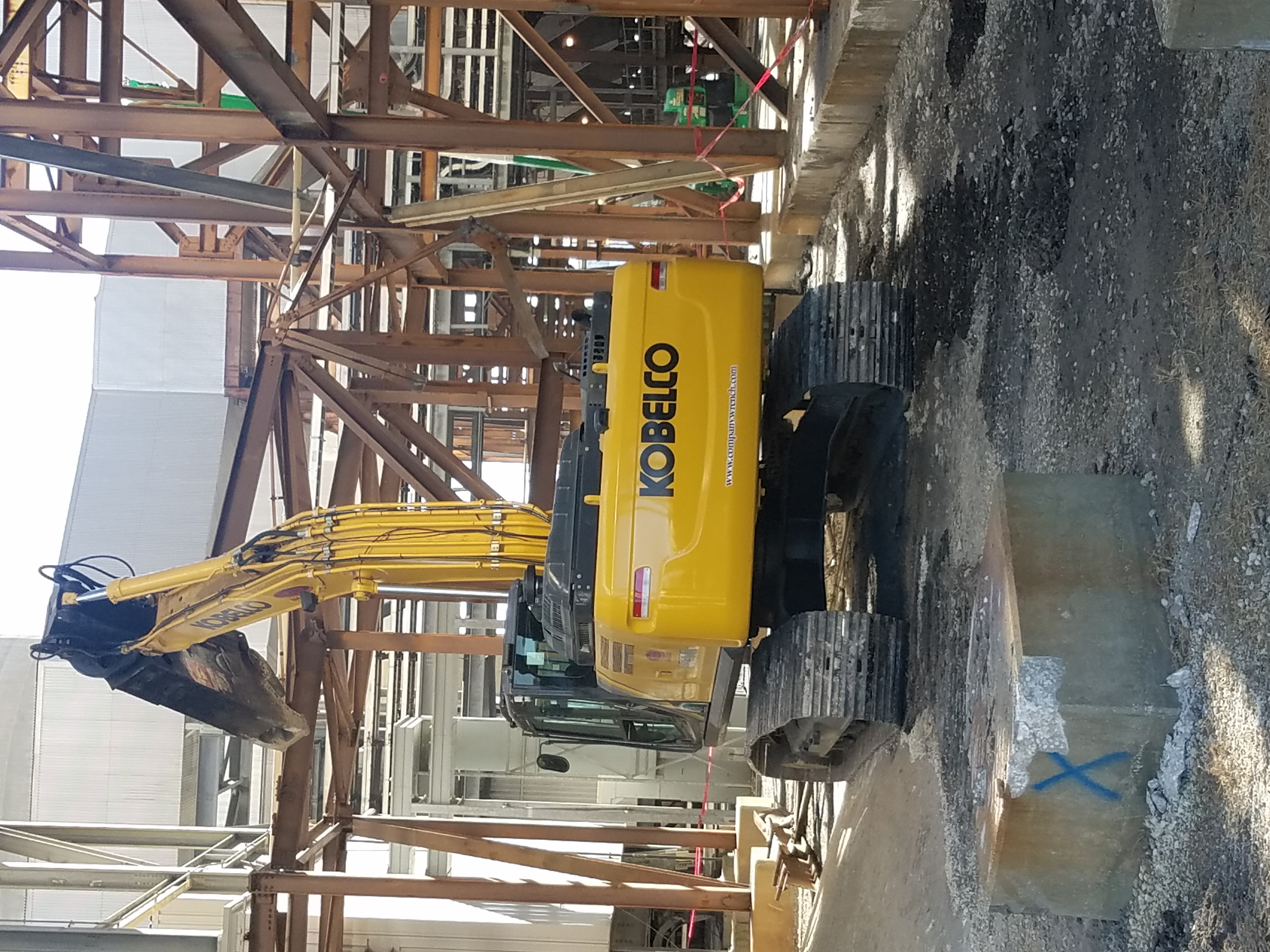
Deconstruction Process
Deconstruction is an alternative to traditional demolition. It involves carefully
dismantling structures to salvage materials for reuse and recycling. Deconstruction
minimizes waste, conserves resources, and supports a circular economy.
Key Steps in the Deconstruction Process
- Assessment: Survey the structure to determine the type and quantity
of materials that can be salvaged.
- Preparation: Remove any hazardous materials, like asbestos or lead,
ensuring safety during the deconstruction process.
- Salvage Valuables: Prioritize the removal of valuable items such
as fixtures, doors, windows, and specialty woods.
- Structural Dismantling: Start by removing the non-structural elements
like drywall and interior fixtures. Then, systematically take apart the building's
structural components.
- Material Sorting: As materials are removed, sort them based on
type, usability, and recyclability.
- Material Storage: Store salvageable materials properly to prevent
damage and maintain their quality for resale or reuse.
- Transportation: Transport the salvaged materials to the recycling
facility, storage, or directly to the marketplace for resale.
- Waste Disposal: Properly dispose of materials that cannot be recycled
or reused, adhering to environmental guidelines.
Benefits of Deconstruction
- Environmental Conservation: Reduces landfill waste and the need
for new raw materials.
- Economic Value: Salvaged materials can be sold, reducing the project's
net cost.
- Job Creation: Deconstruction requires more labor than traditional
demolition, creating more job opportunities.
- Energy Savings: Recycling salvaged materials consumes less energy
than producing new ones.
Challenges in Deconstruction
- Time-Consuming: The process is more time-intensive compared to
traditional demolition.
- Requires Skilled Labor: Deconstruction demands specialized skills
for efficient and safe material salvage.
- Upfront Costs: Although there's potential for cost recovery through
material resale, initial costs might be higher than traditional demolition.
In conclusion, while deconstruction requires more time and skill than traditional
demolition, its environmental and economic benefits make it a valuable approach
for demo recycling companies. By prioritizing salvage and reuse, deconstruction
supports sustainability and resource conservation.